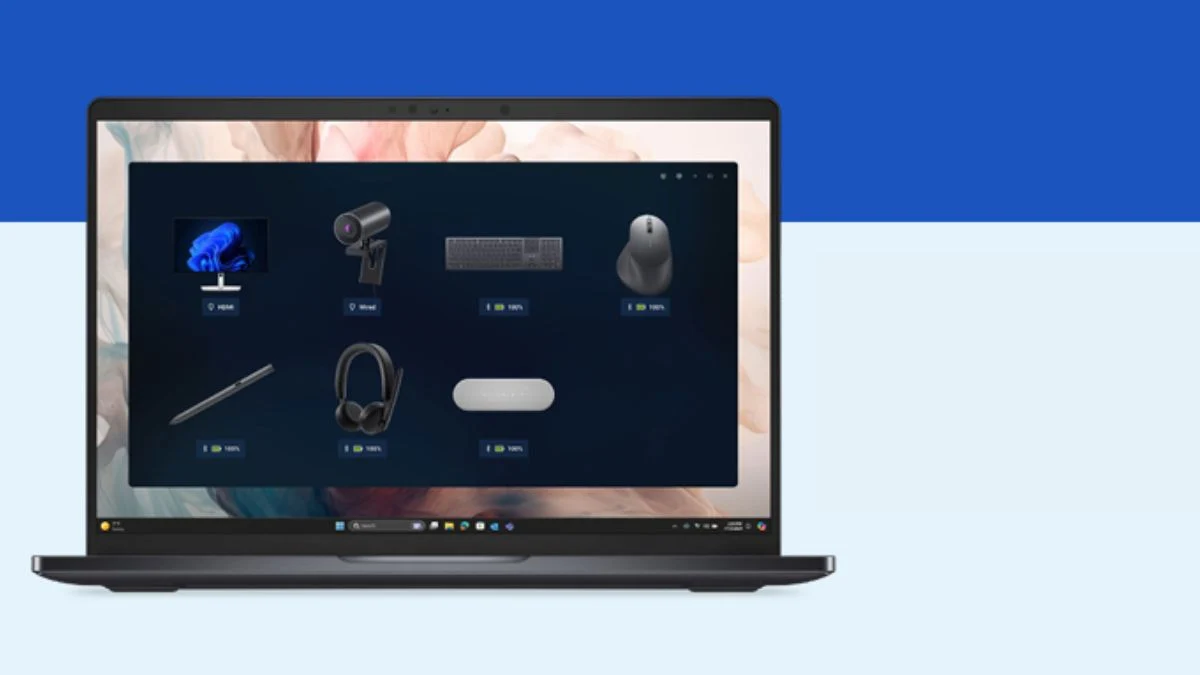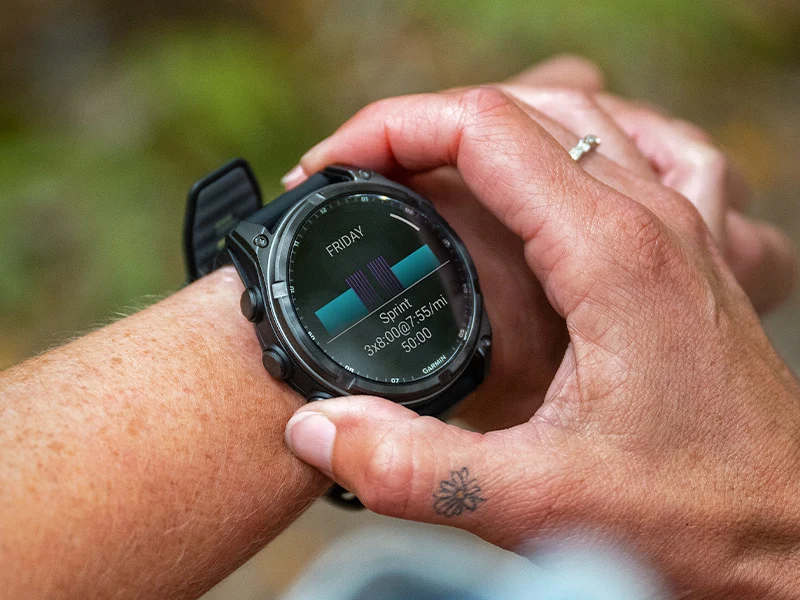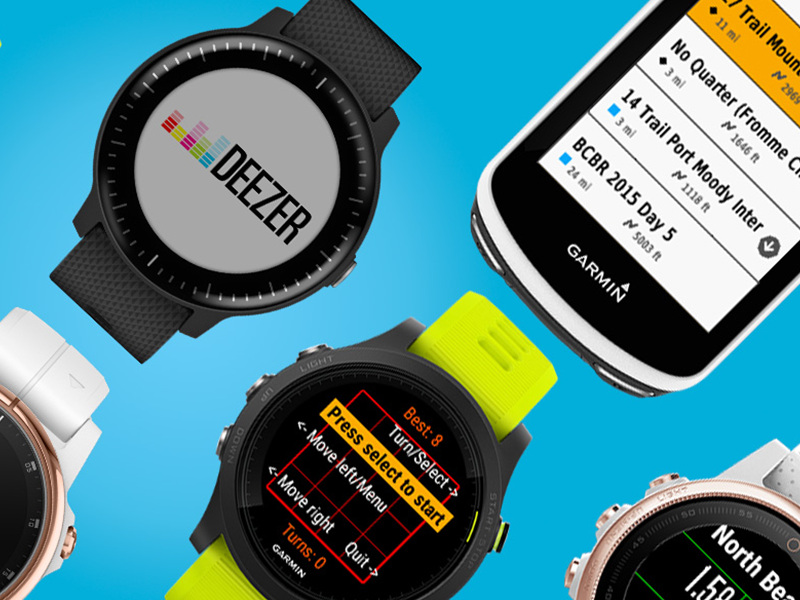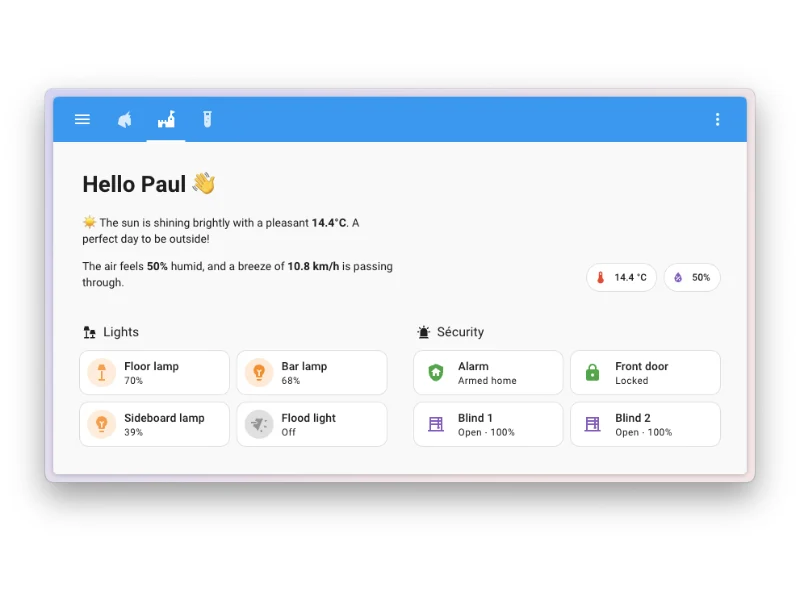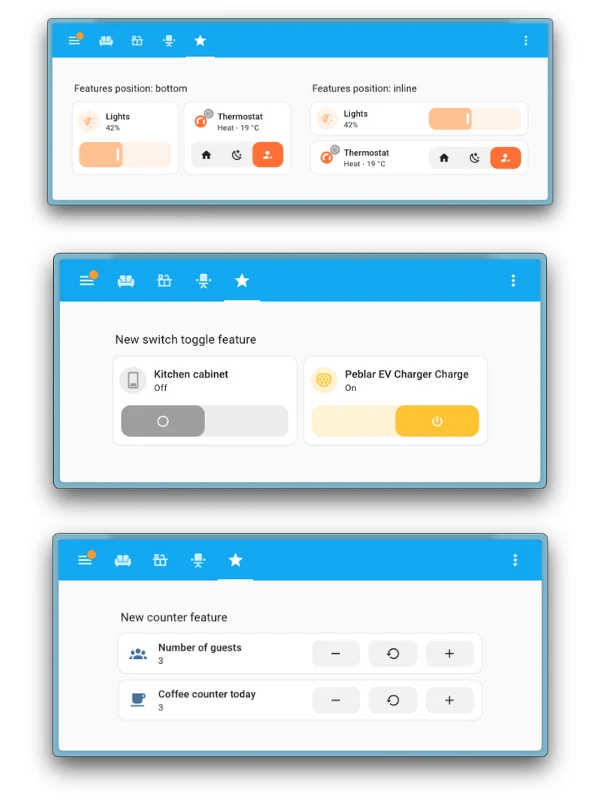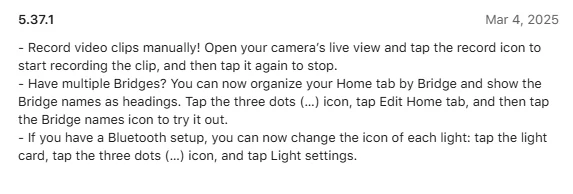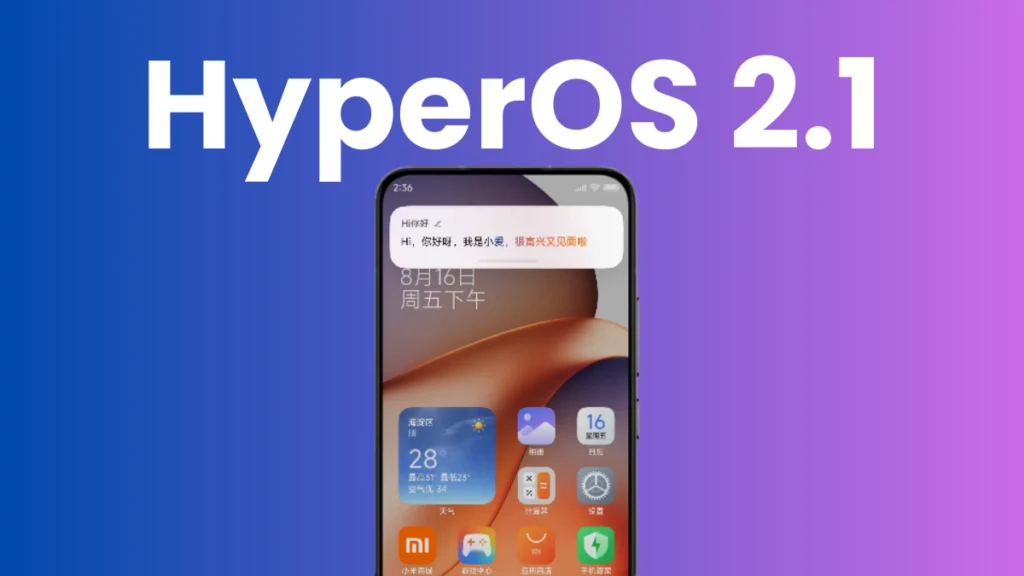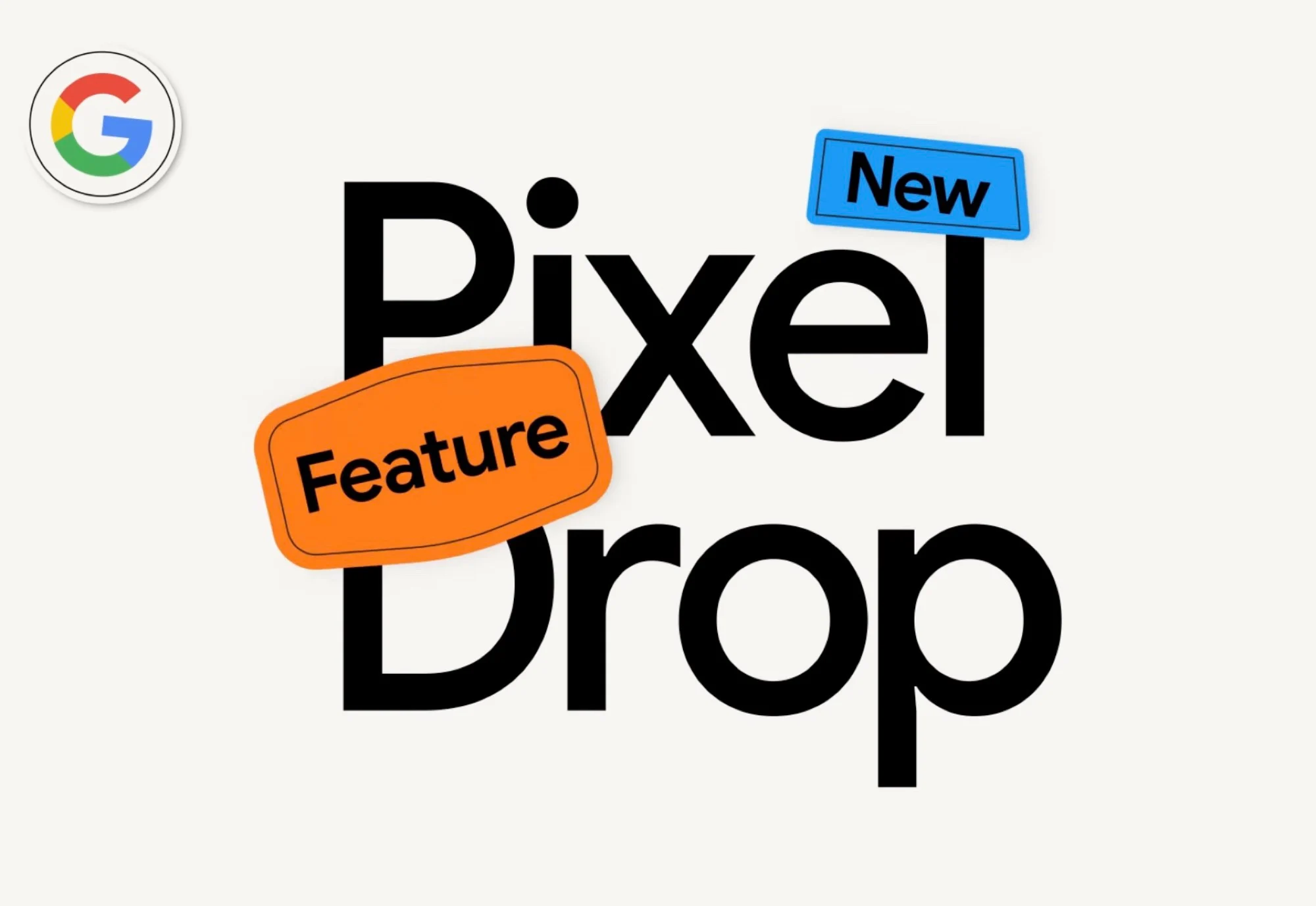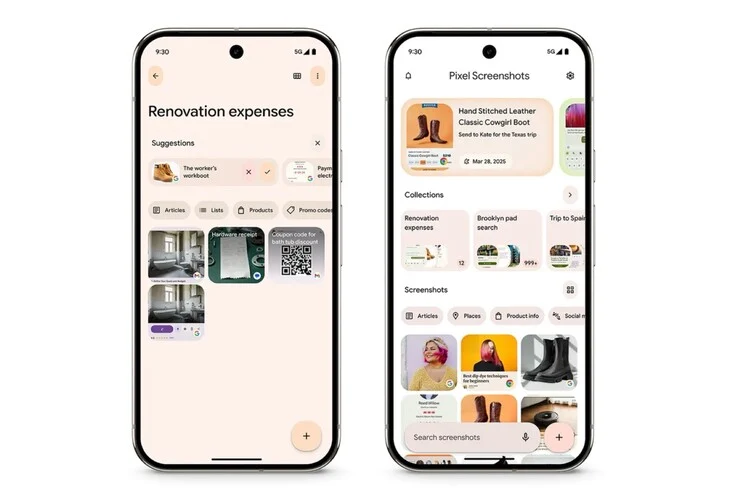Key Takeaways
1. DJI is launching a software update for its FPV drones, including the Avata models and budget-friendly DJI Neo.
2. The update focuses on firmware for Goggles 2, Goggles 3, and Goggles Integra, adding support for Navigation-enabled flight control (INAV).
3. INAV provides real-time telemetry data, showing battery life, GPS coordinates, and altitude on compatible headsets.
4. Users can create flight plans without removing their goggles due to the new software features.
5. The firmware requires the DJI Fly app version 1.16.0 or higher, and may reset Maximum Flight Distance and Return-to-Home altitude settings.
DJI is launching a new software update that aims to enhance the functionality of many of its first-person view (FPV) drones. This update impacts not just the FPV-exclusive Avata and Avata 2 models, but also the more budget-friendly DJI Neo, which is currently priced at $289 on Amazon and was released last year.
New Features in the Update
The recent updates do not make direct changes to the firmware of DJI’s FPV-compatible drones. Instead, the company is rolling out firmware updates for the Goggles 2, Goggles 3, and Goggles Integra. This firmware introduces support for Navigation-enabled flight control software (INAV).
What INAV Brings to the Table
One of the key features of INAV is the provision of real-time telemetry data. This capability allows users to view essential information such as battery life, GPS coordinates, and the current altitude of the drone directly on compatible headsets. Additionally, the new software enables the creation of flight plans without needing to remove your Goggles 2, Goggles 3, or Goggles Integra.
Installation Requirements and Considerations
As reported by DroneDJ, the new firmware updates can only be installed if the DJI Fly app is version 1.16.0 or above. It’s important to remember that after you finish the firmware update, you will need to restart your drone, goggles, and associated remote. Furthermore, this update may reset your Maximum Flight Distance and Return-to-Home altitude settings back to their default values.
Source:
Link


